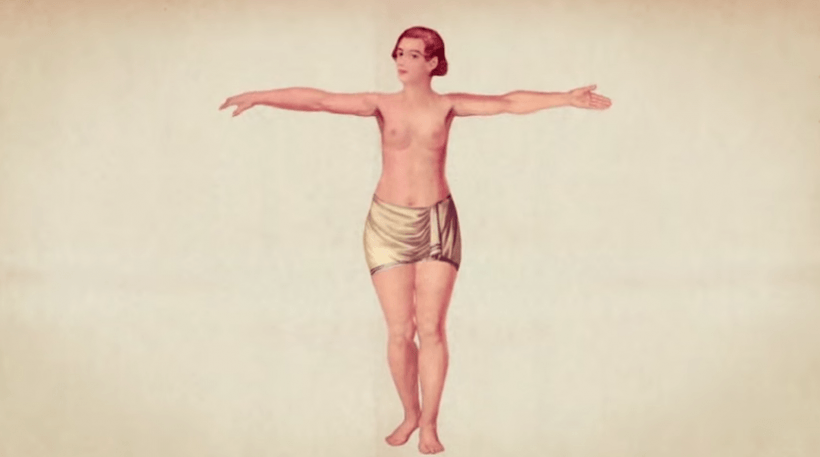
Courtesy of Youtube
Venus—the Roman goddess of love, sex, beauty and fertility—is more than just the long-haired minx rising from the foaming bowels of a sea clam.
At the risk of callously collapsing more than 1000 years of classical antiquity into a few sentences, the basic story goes like this:
According to Epic Greek poet Hesiod, Aphrodite was forged from the foam of the sea after Saturn castrated his own father and his blood fell to the ocean. By 350 BC, Aphrodite was worshipped as a goddess of love and desire. In fact, sexual allure was an intrinsic element of Aphrodite's power; erotic pleasures were referred to as ta Aphrodisia, or, "the business of Aphrodite." Modern feminism aside (apologies) Aphrodite was often depicted adorned with glinting stones, jewelry and embellishments—no doubt to further tantalize men. This in turn became a model for us mortal women to emulate.
 On this golden ring, it's believed that Aphrodite is depicted weighing out love (erotostasia); the modern day equivalent of "he loves me, he loves me not." If you wanted a man to love you, it wasn't in his kiss—or anywhere within your power; Aphrodite herself had to deign it.
On this golden ring, it's believed that Aphrodite is depicted weighing out love (erotostasia); the modern day equivalent of "he loves me, he loves me not." If you wanted a man to love you, it wasn't in his kiss—or anywhere within your power; Aphrodite herself had to deign it.
When the Roman Empire rose to power around 50 BC (although this date is hotly debated) the worship of Aphrodite continued under a new moniker—Venus. And though she remained endowed with the powers of love, beauty and allure, this Roman reappropriation also had a host of more badass elements, including fertility, prostitution, and perhaps most important of all to a fledgling empire: victory.
Venus's first temples were erected in Rome around 200 BC. And soldiers would solicit her support there so as to achieve great success on the battle field. Venus ultimately became synonymous with Rome's imperial power—even Julius Caesar himself got on the pro-Venus bandwagon by claiming to be directly descended from her divine loins.
It's Raining Men
As you can well imagine, being the goddess of love, Venus had a bevy of lovers—both divine and immortal. She was hitched to the god Vulcan, but then decided to mix things up in the bedroom with Mars. Vulcan, of course, was none too pleased and trapped them mid-sexy-times in a net.
Interestingly enough, Aphrodite never had any children by her cuckolded husband, but proceeded to birth many by Mars, including: Timor (the personfication of fear), his twin brother Metus (the manifestation of terror), Concordia (goddess of harmony), and the Cupids (a charming collection of winged love deities).
Roman poet Ovic also says that Aphrodite gave birth to Hermaphroditos by papa Hermes as well as Fortuna (the goddess of luck and fate), but that could have been with Zeus, yet another baby daddy.
Venus didn't mind sullying herself with peon human sex either. She got it on with Anchises, Adonis (!), as well as the Sicilian king Butes. According to Homer, a prince from Dardania was also seduced by Venus (really, who could blame him), but he couldn't keep his promise not to brag about his divine lover so Jupiter did the rational thing and crippled him with a lightning bolt.
In honor of the woman, the myth, and the archetype, we thought we'd leave you with this disturbing take on Venus created by animator Frederic Doazan. In two and a half minutes he evisercates our societal obsession with beauty and the lengths to which we'll go to achieve it.
Behold. Supervenus.
